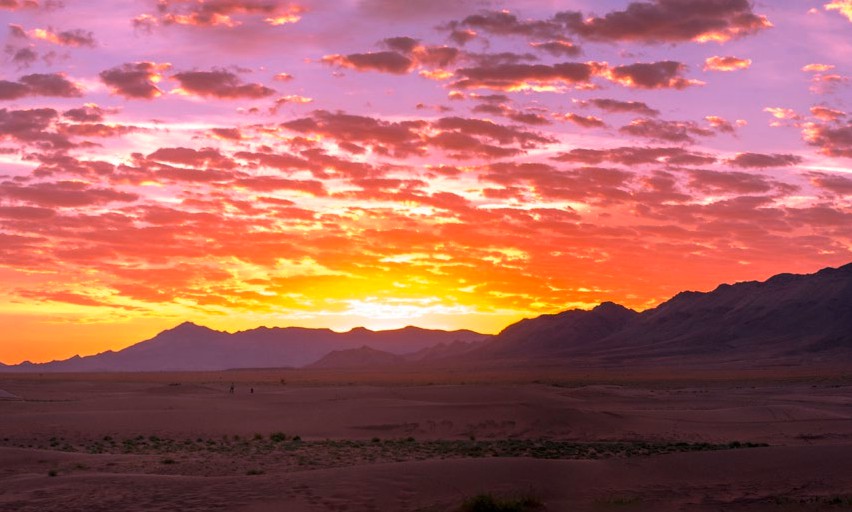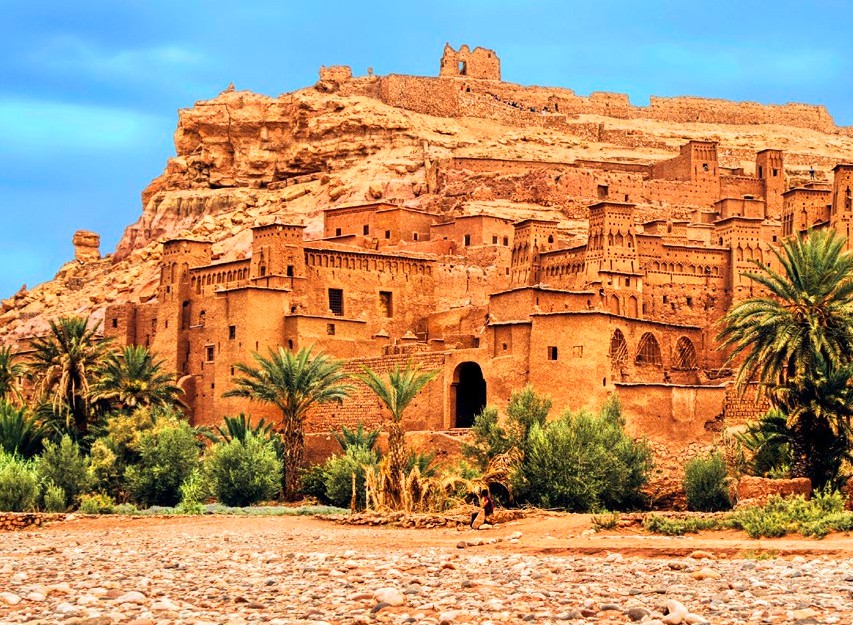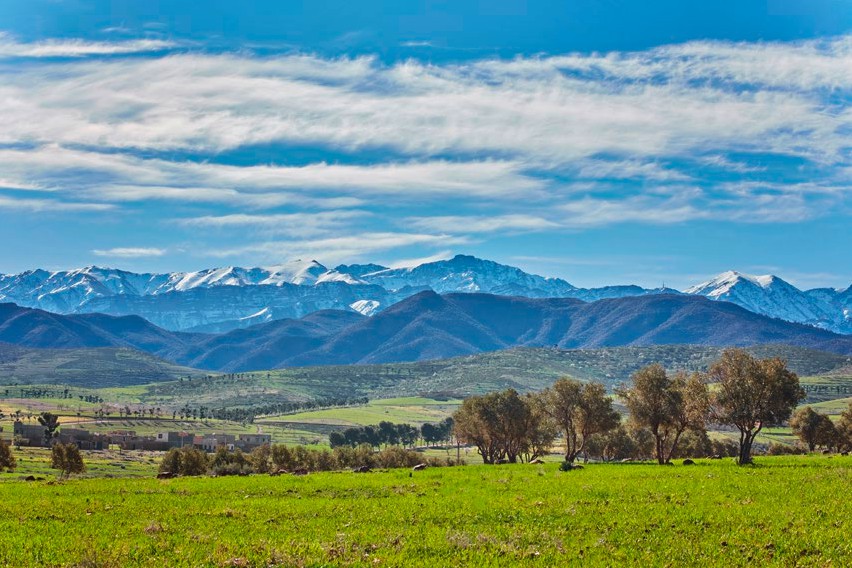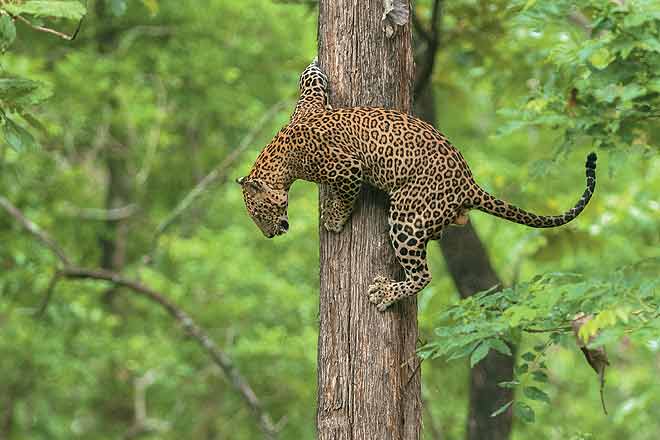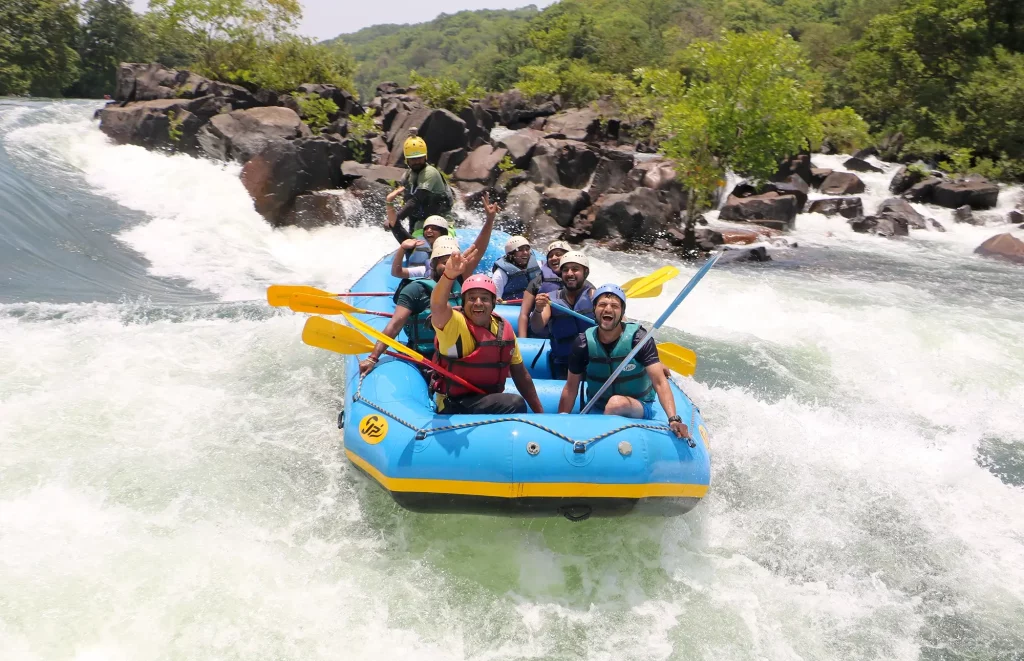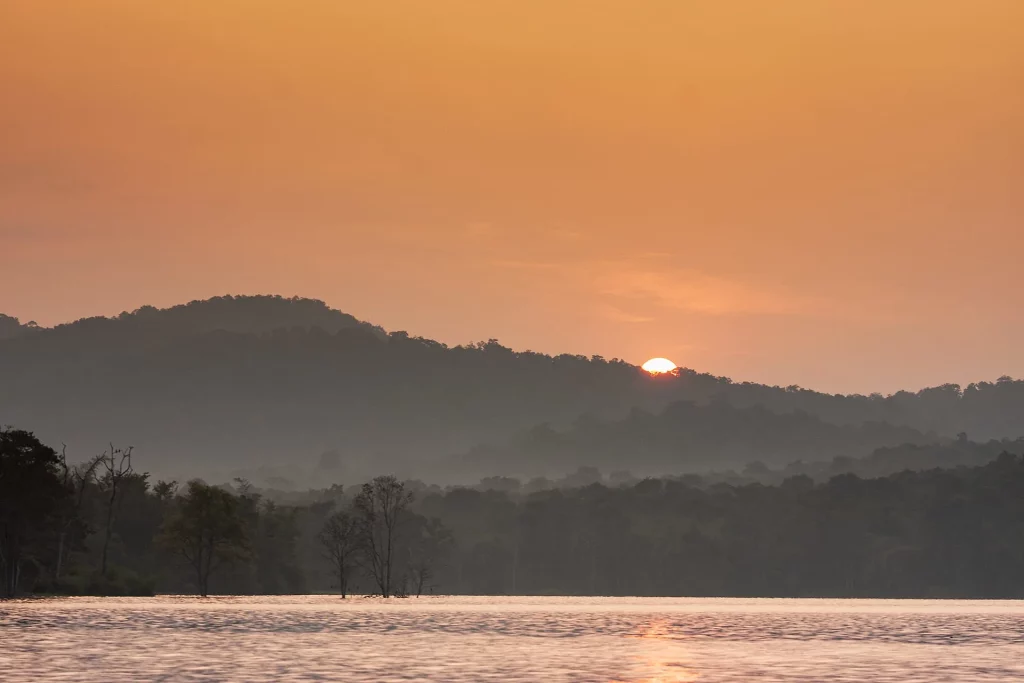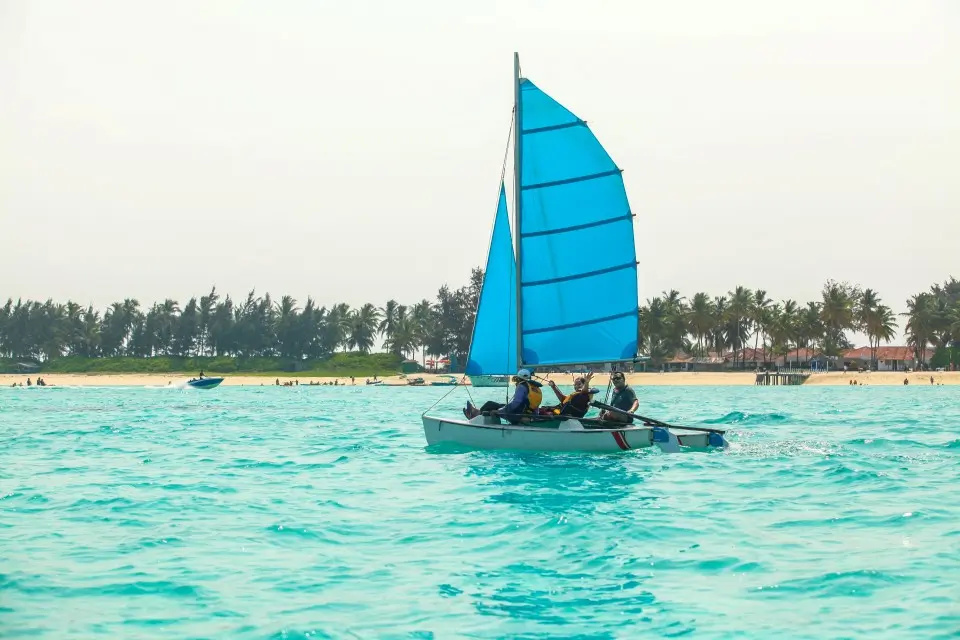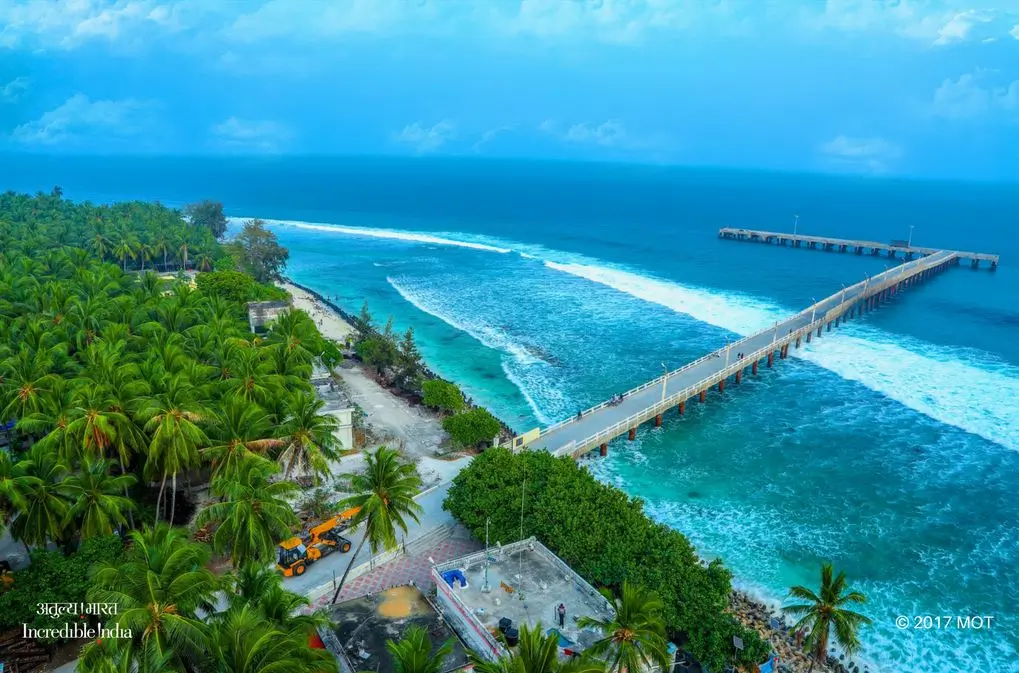Exploring Vast Deserts of Morocco
Morocco’s deserts start at the south and east of the Atlas Mountains, where the climate becomes very hot and dry. Quiet and sheet in size the Sahara Desert has an area of 5,717,000 square feet (9,200,000 square kilometres) and is the largest hot desert in the world. In particular, the Sahara’s terrain is rugged with […]

